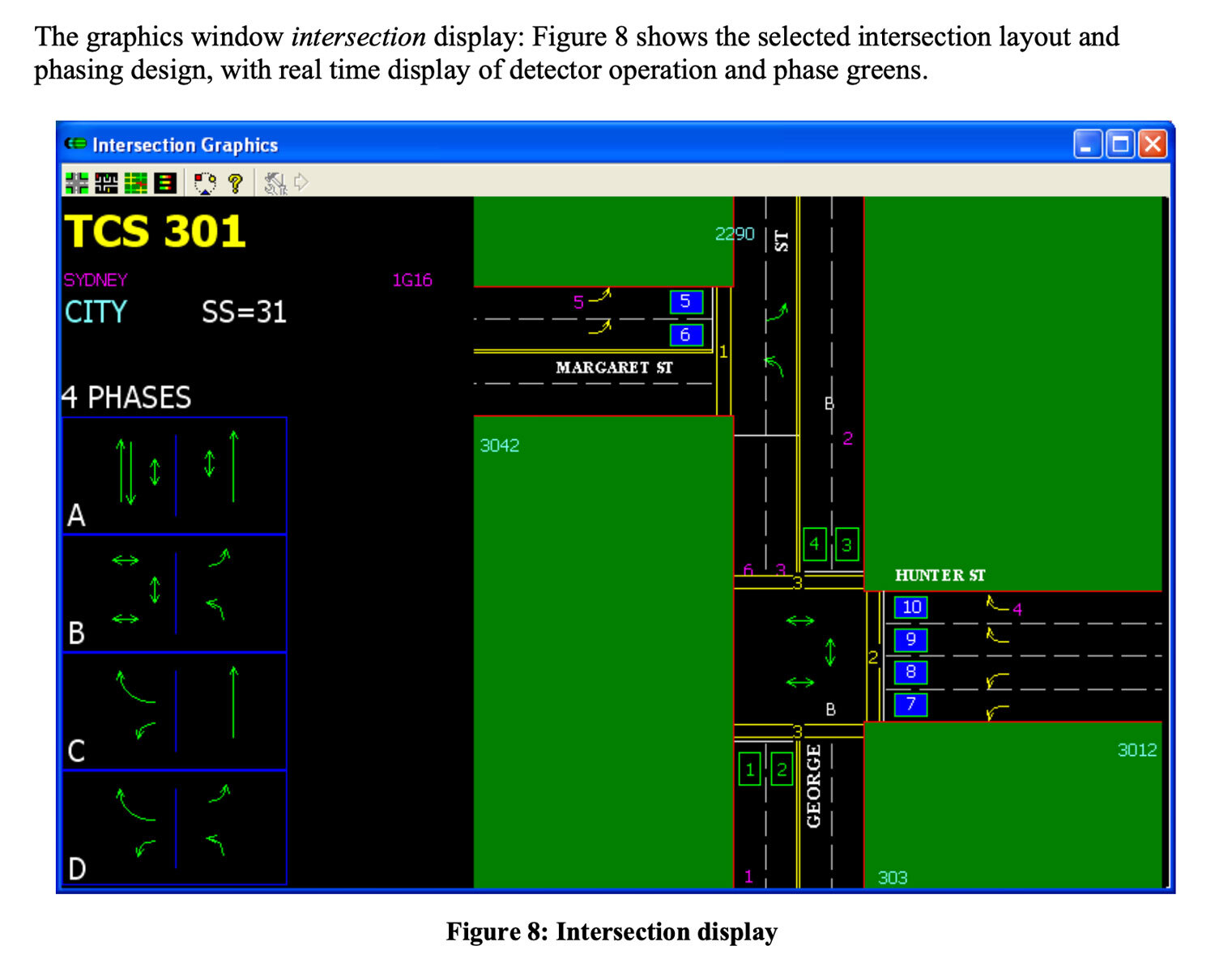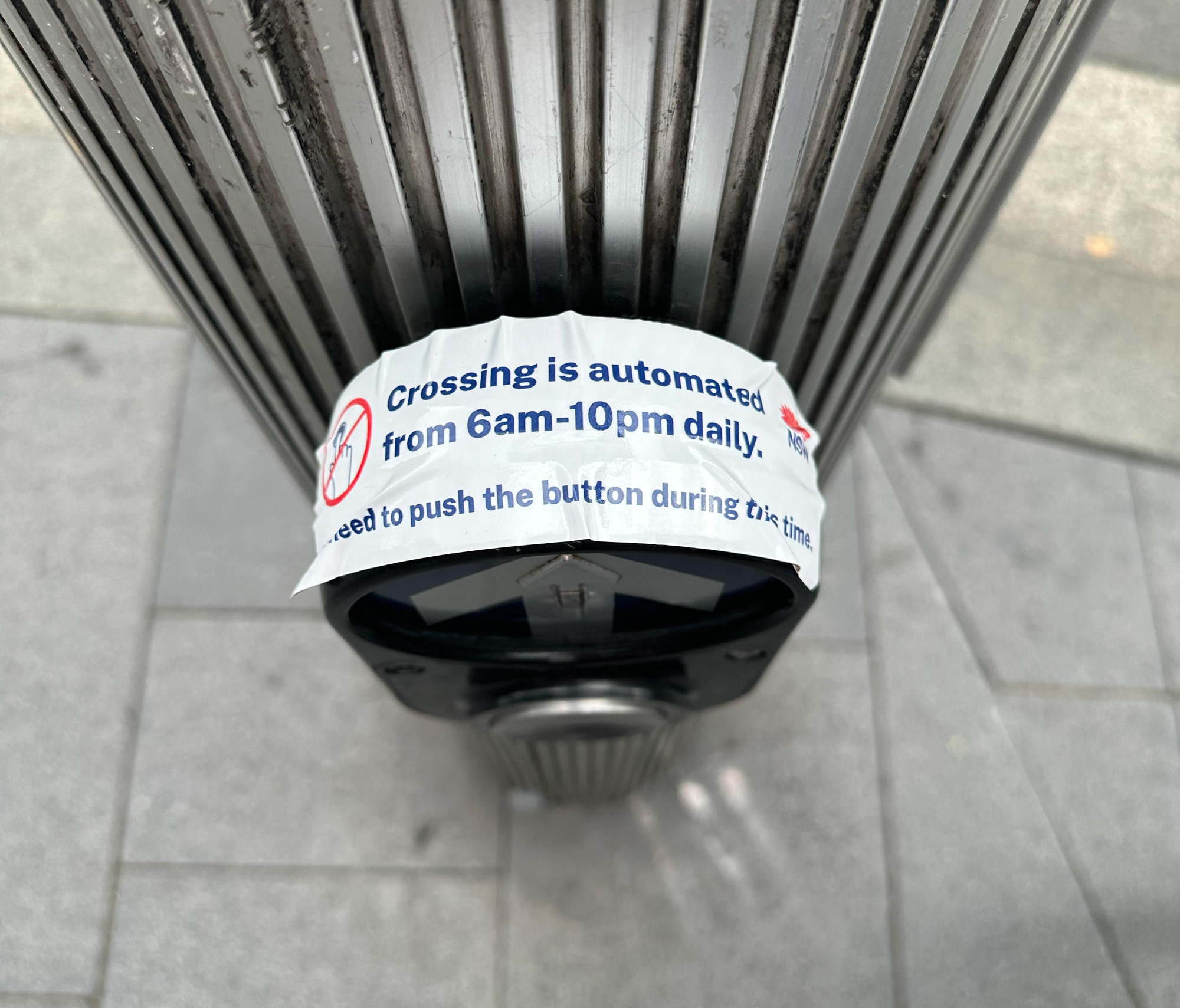Category: Infrastructure
-
Preliminary analysis of Better Intersections data
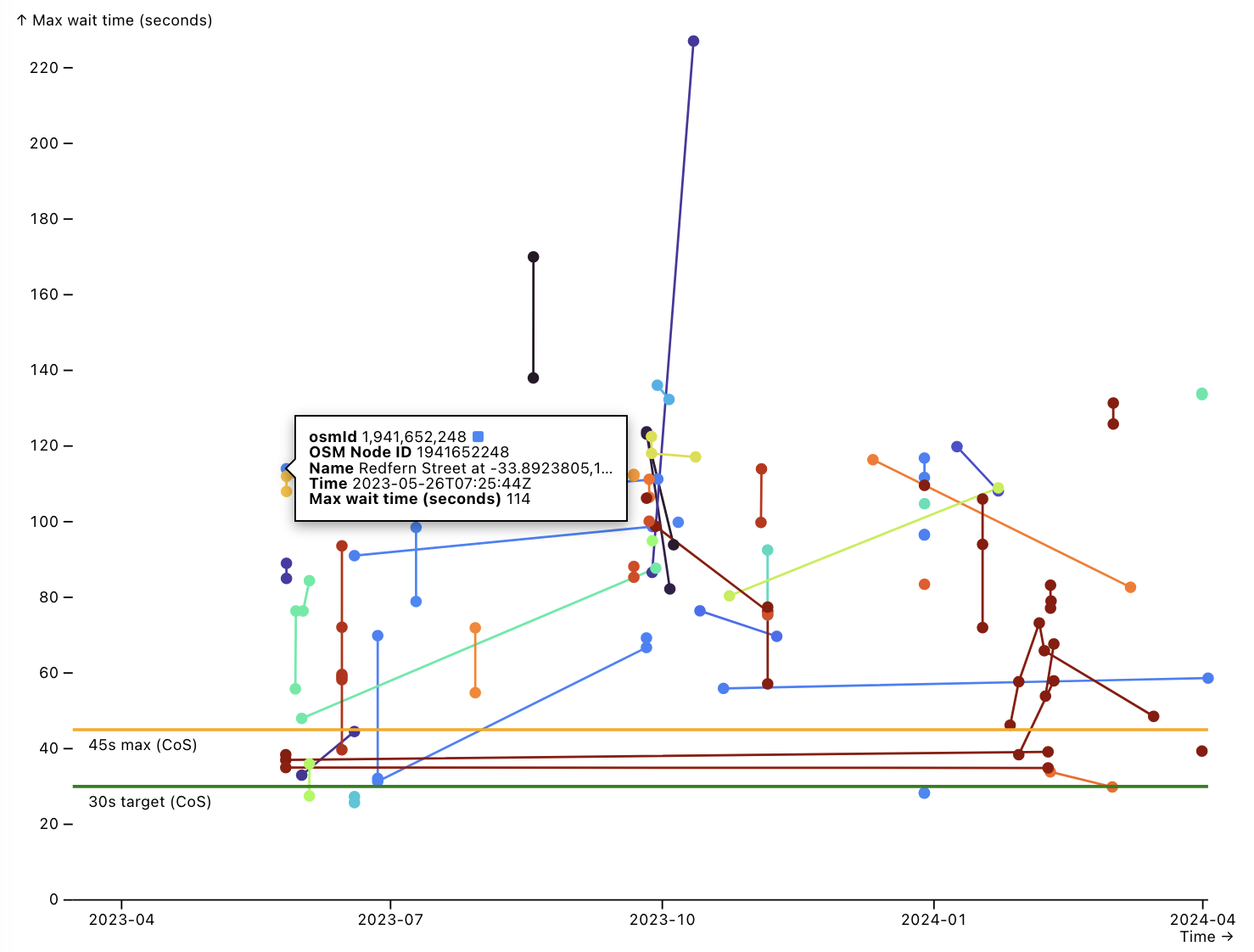
These are a collection of charts picking apart the Better Intersections dataset. They provide multiple avenues to find further patterns in complex and incomplete date, but also as a tool for communicating and demonstrating improvement over time (or perhaps lack thereof).
-
Better Streets submission to the North Bondi Shops and Bus Terminus Upgrade
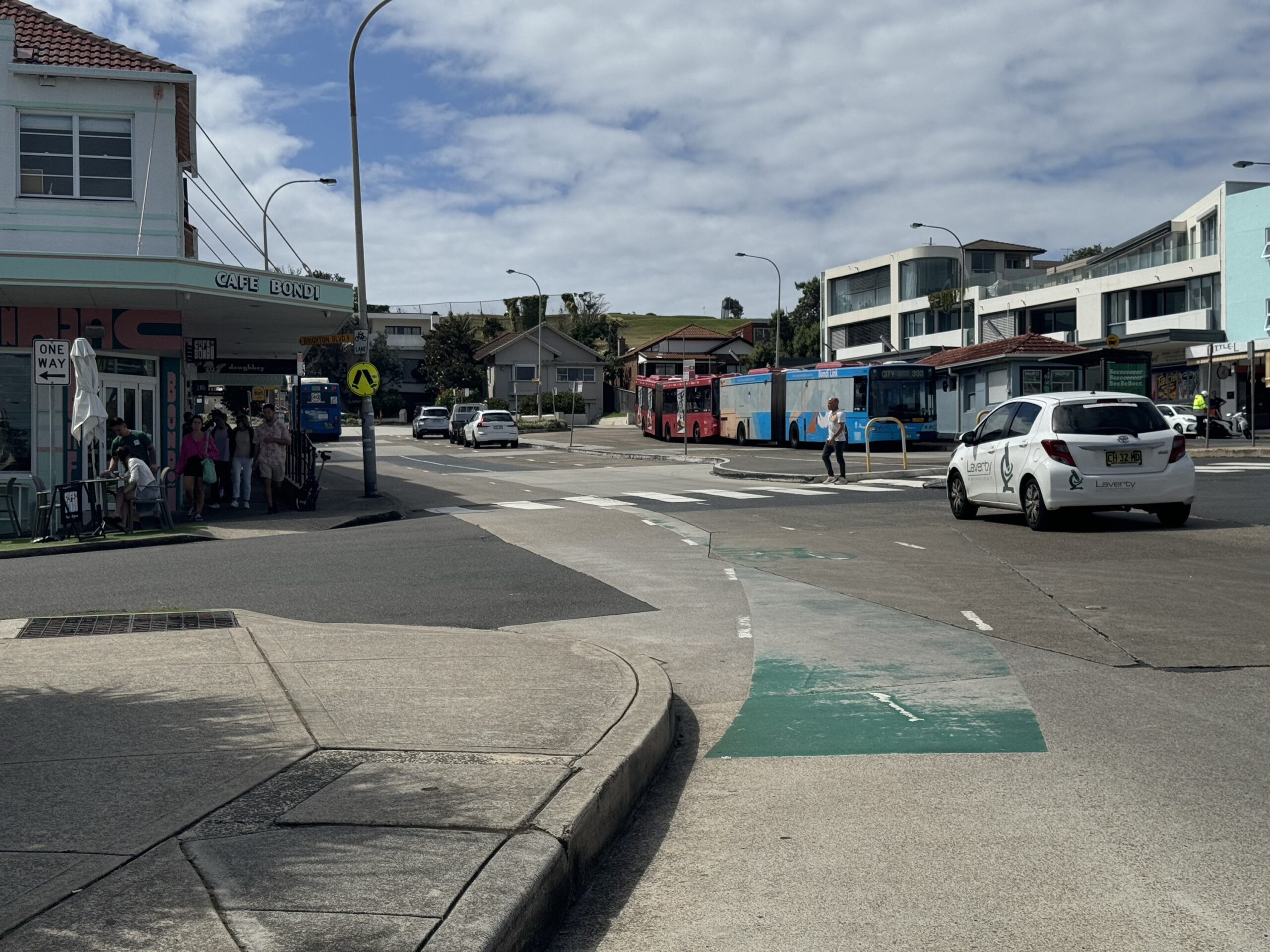
This is a lightly edited version of a submission I wrote on behalf of Better Streets for the public comment opportunity regarding the North Bondi Shops and Bus Terminus Upgrade.
-
Which Australian councils are building the most cycleways?
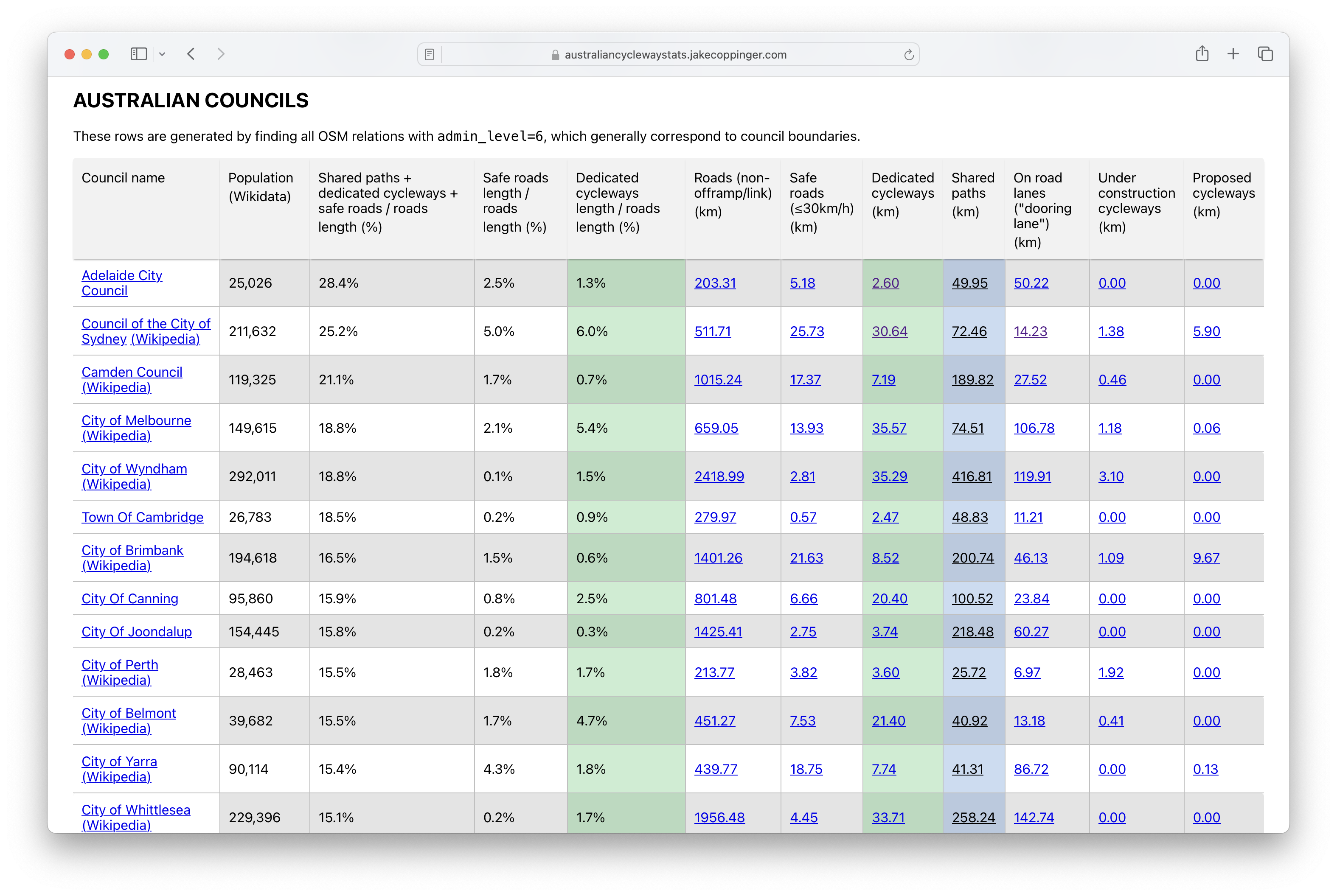
Australian Cycleway Stats is a dashboard that provides an in-depth look at the kilometres of cycleways and safe streets in every Australian council, encompassing current, under-construction, and proposed projects, as well as international benchmarks.
-
Contraflow streets in the City of Sydney
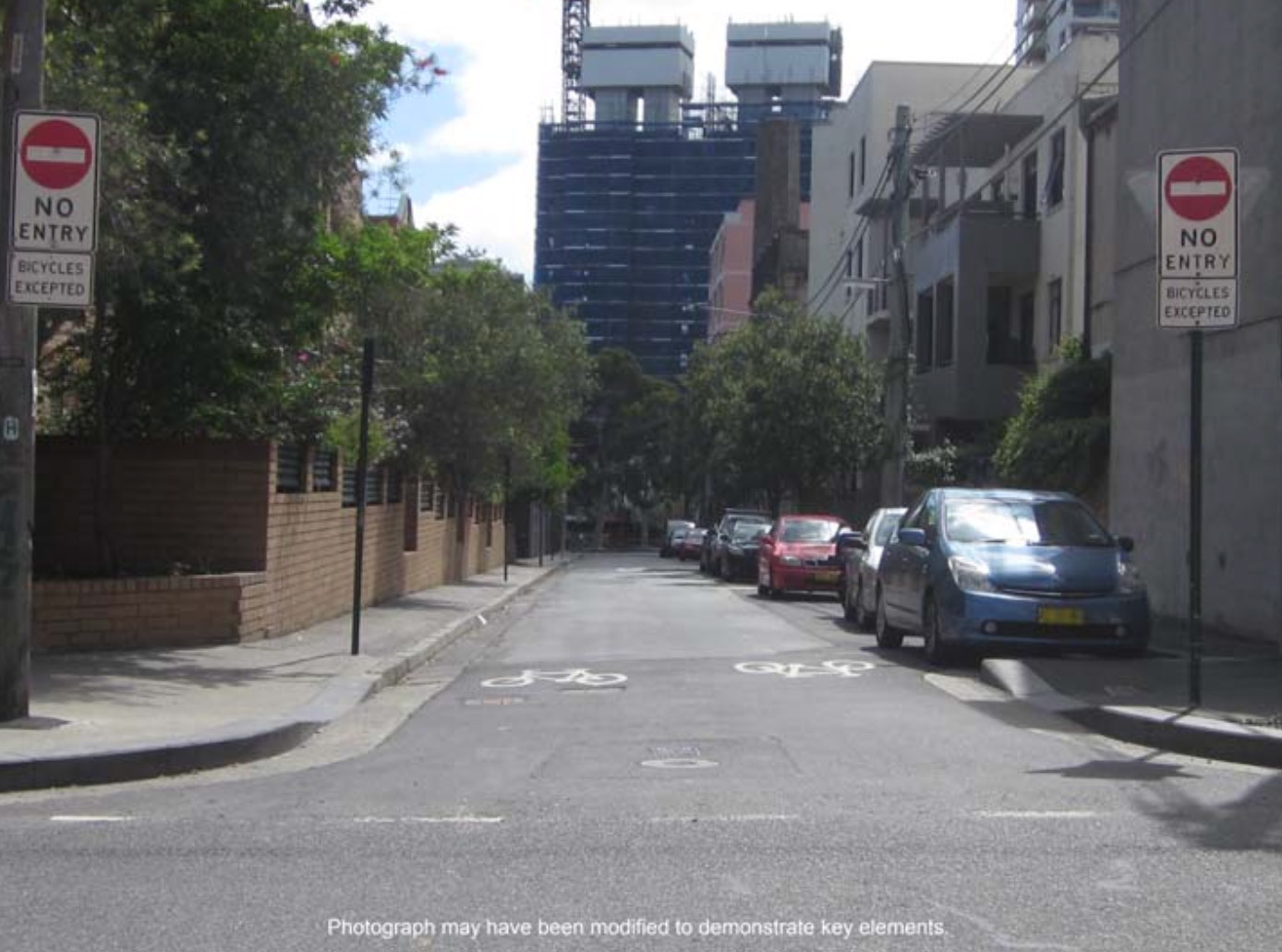
The City of Sydney has recently approved 159 suitable streets across 24 suburbs, which will greatly improve the network of legal cycling routes in inner city Sydney. This blog post is a proposal of additional streets which may be suitable for basic contraflow cycling infrastructure that the council could install in future, with a focus…
-
Mapping pedestrian traffic light timing in Sydney, Australia
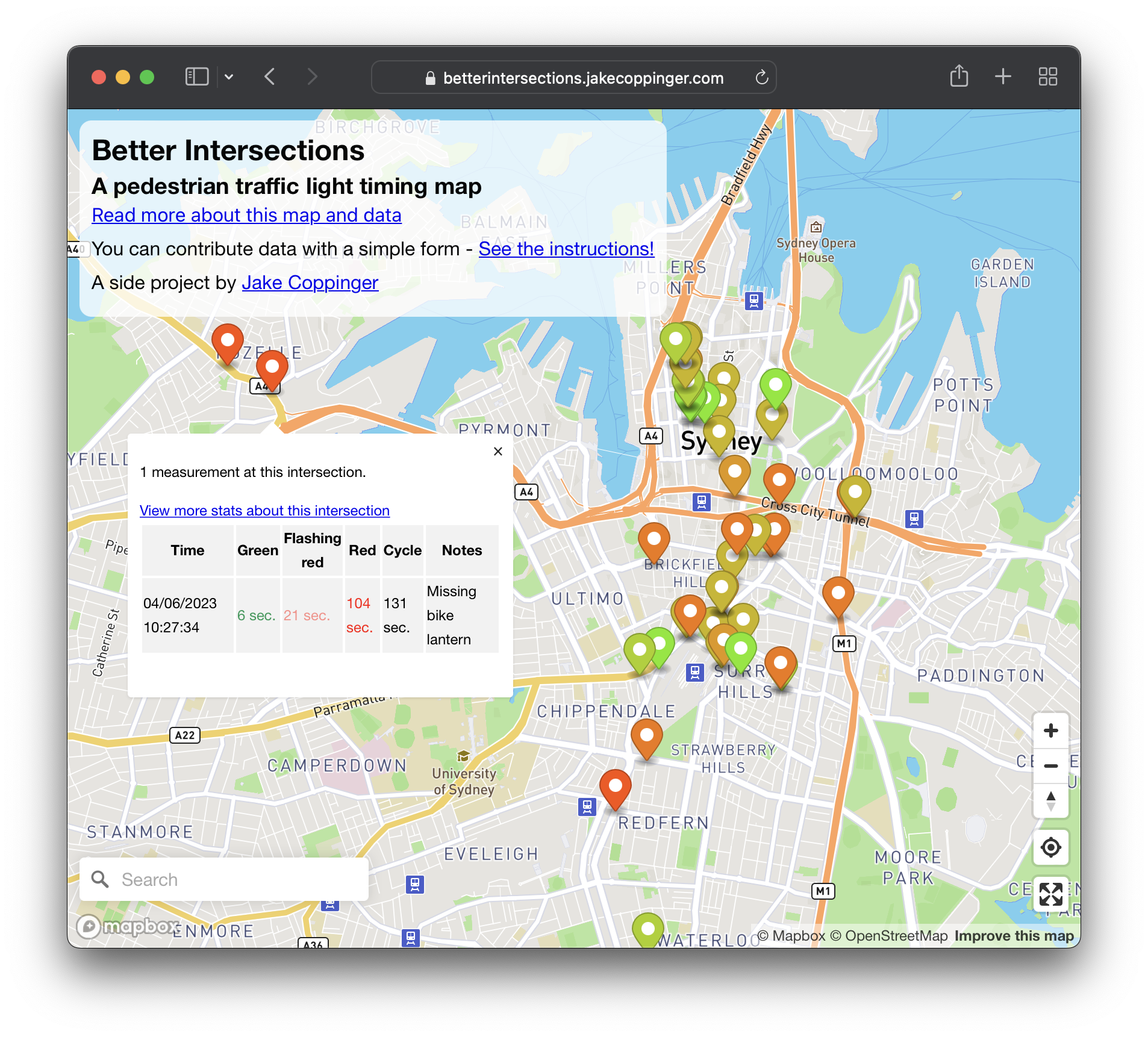
Better Intersections is a tool to record and visualise timing details for pedestrian and bicycle signals. In the absence of traffic light timing data, and as we hold hope for it to become publicly available; the aim of Better Intersections is to crowdsource measurements and inform where positive changes could be made.
-
Subterranean Sydney: A cross-section of Town Hall Station made with iPhone LiDAR

Using just an iPhone with LiDAR to create a cross-section 3D model and image of Town Hall Station with the LiDAR sensor on an iPhone.
-
Canada Bay Council plans to remove Heath St cycleway due to a misleading traffic report
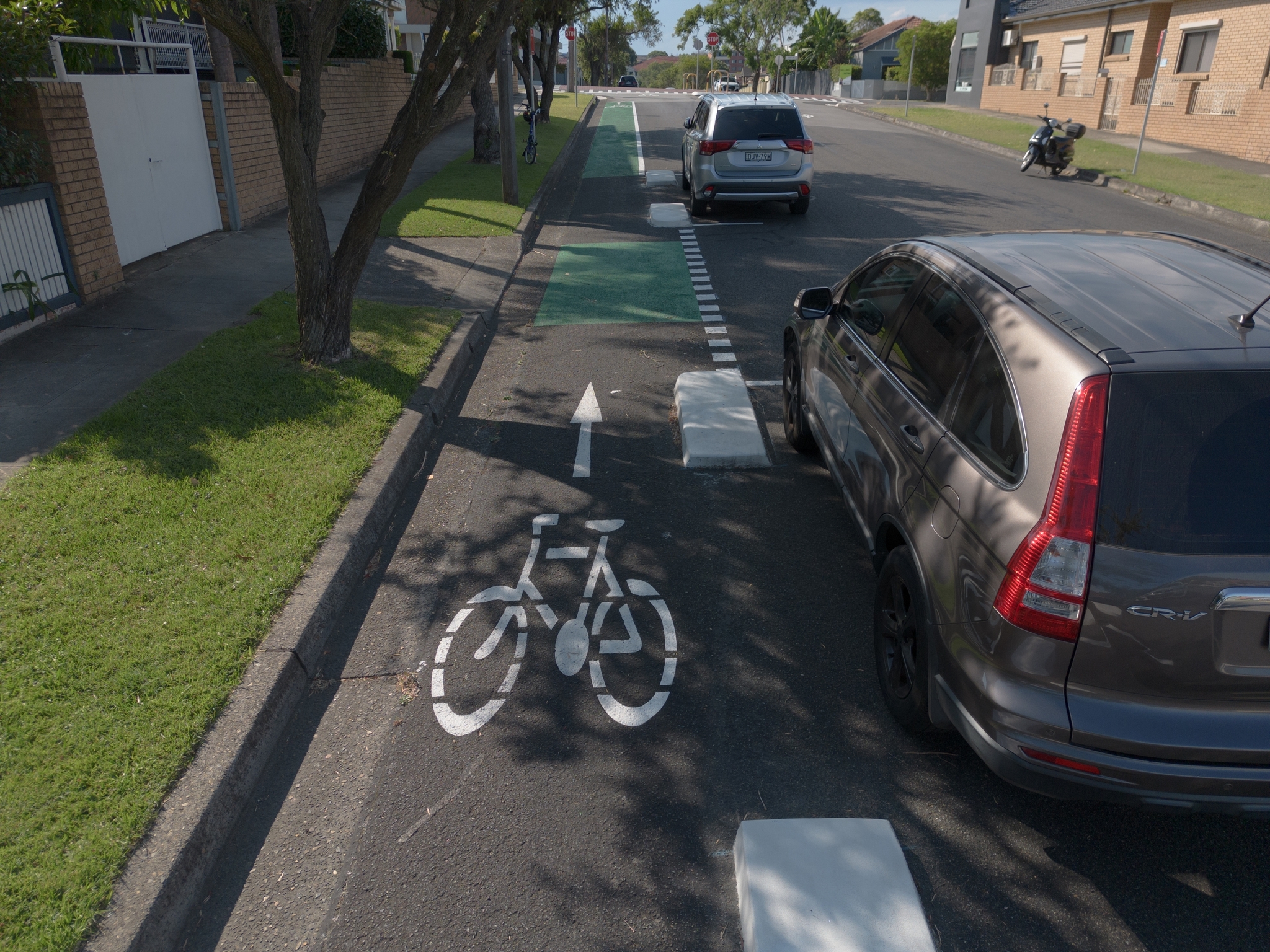
Canada Bay Council plans to remove the cycleway it received $7m of state funding for. In this analysis I outline errors and flaws in the engineering report recommending the removal (which has now been hidden from the Canada Bay Council website).
-
Generating aerial imagery with your iPhone’s LiDAR sensor
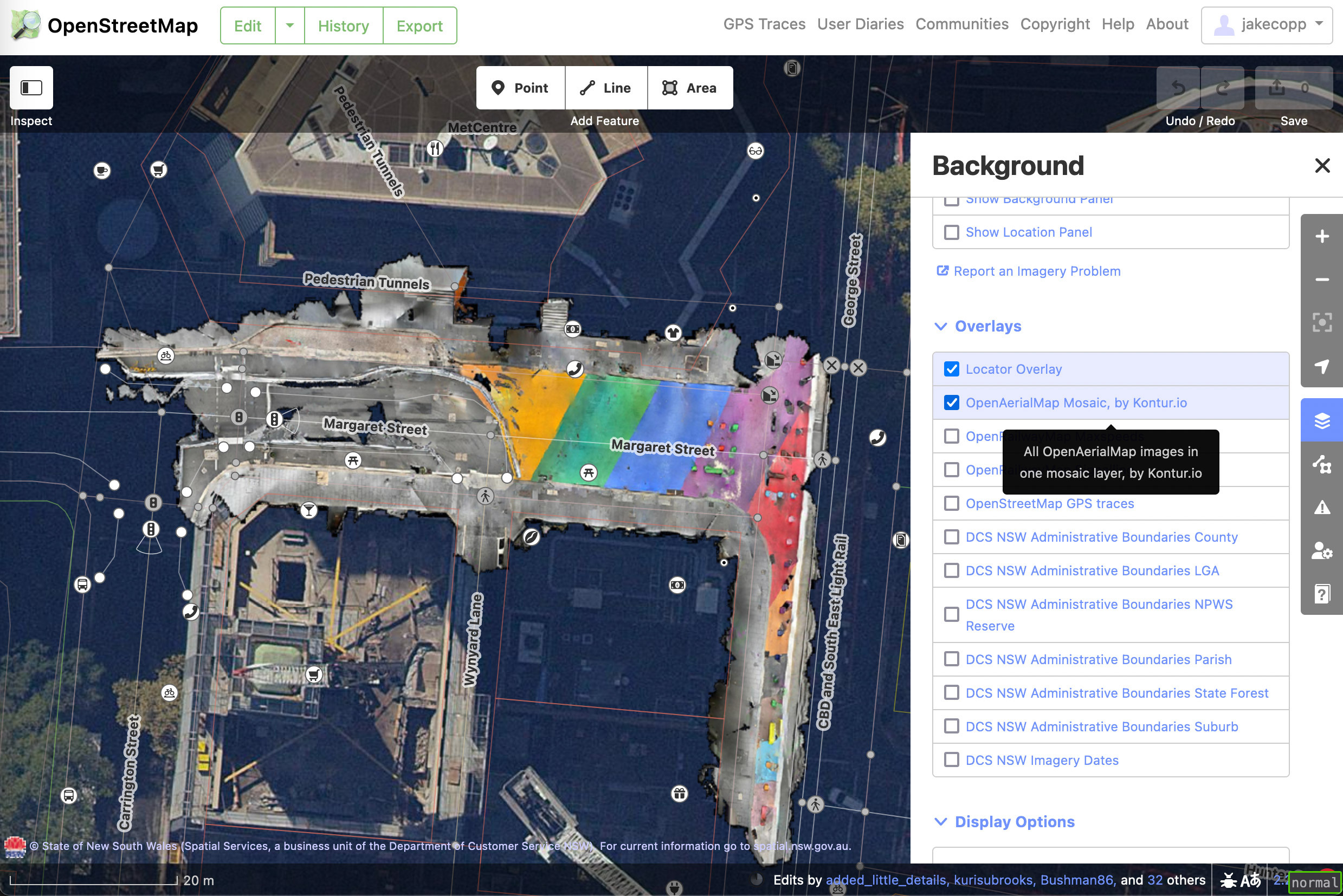
This technical guide details how you can create your own aerial imagery and 3D models of streets with the built in iPhone LiDAR sensor and open source tools in the OpenDroneMap package.
-
Lane-accurate street maps with OpenStreetMap – writing a vector tileserver for osm2streets
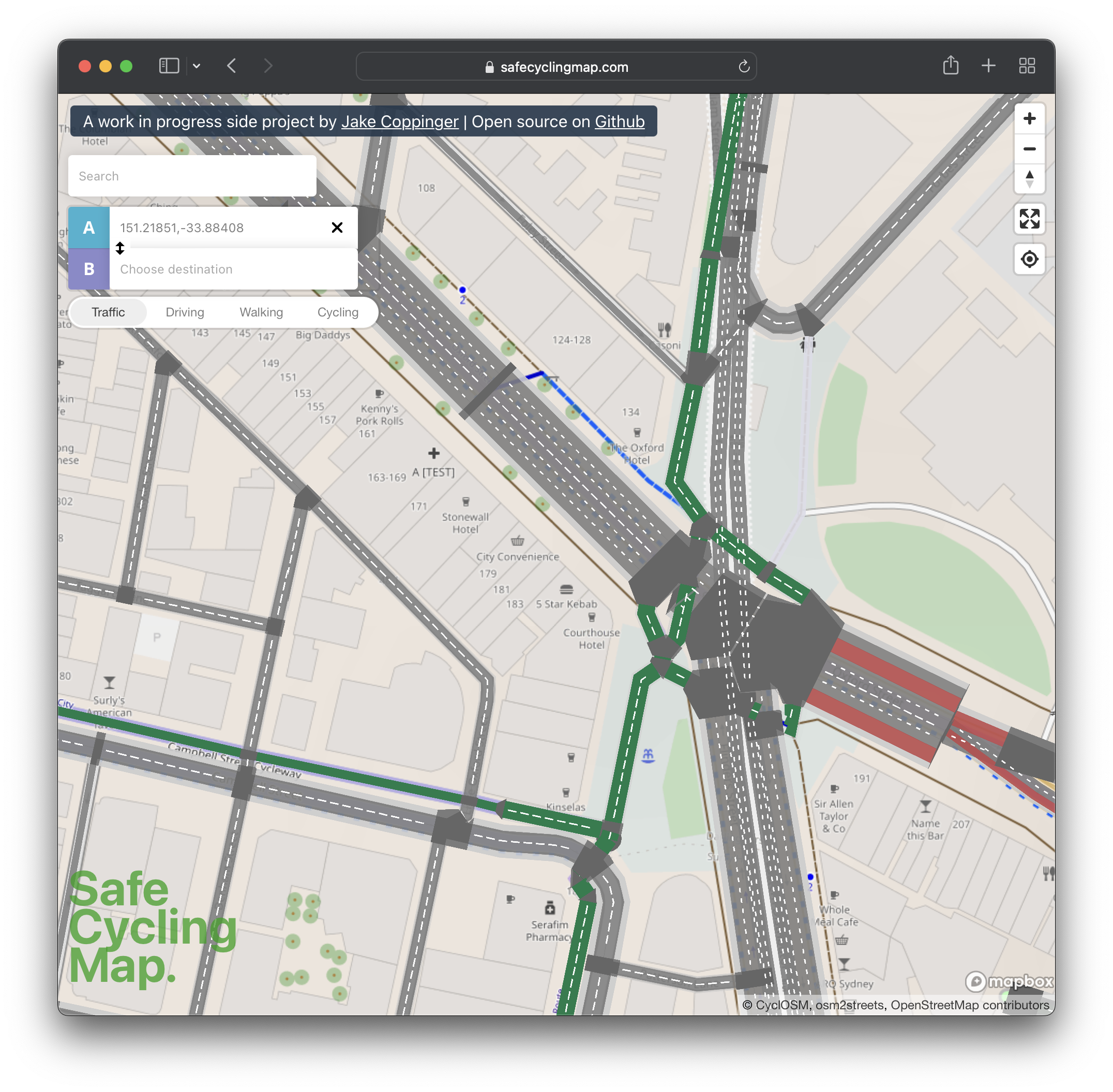
I’ve built safecyclingmap.com, an open-source proof of concept map that renders cycleways and streets down to the individual lanes, to assist cyclists picking safe routes in cities with little dedicated cycling infrastructure.
-
Creating aerial imagery with a bike helmet camera (GoPro) and OpenDroneMap
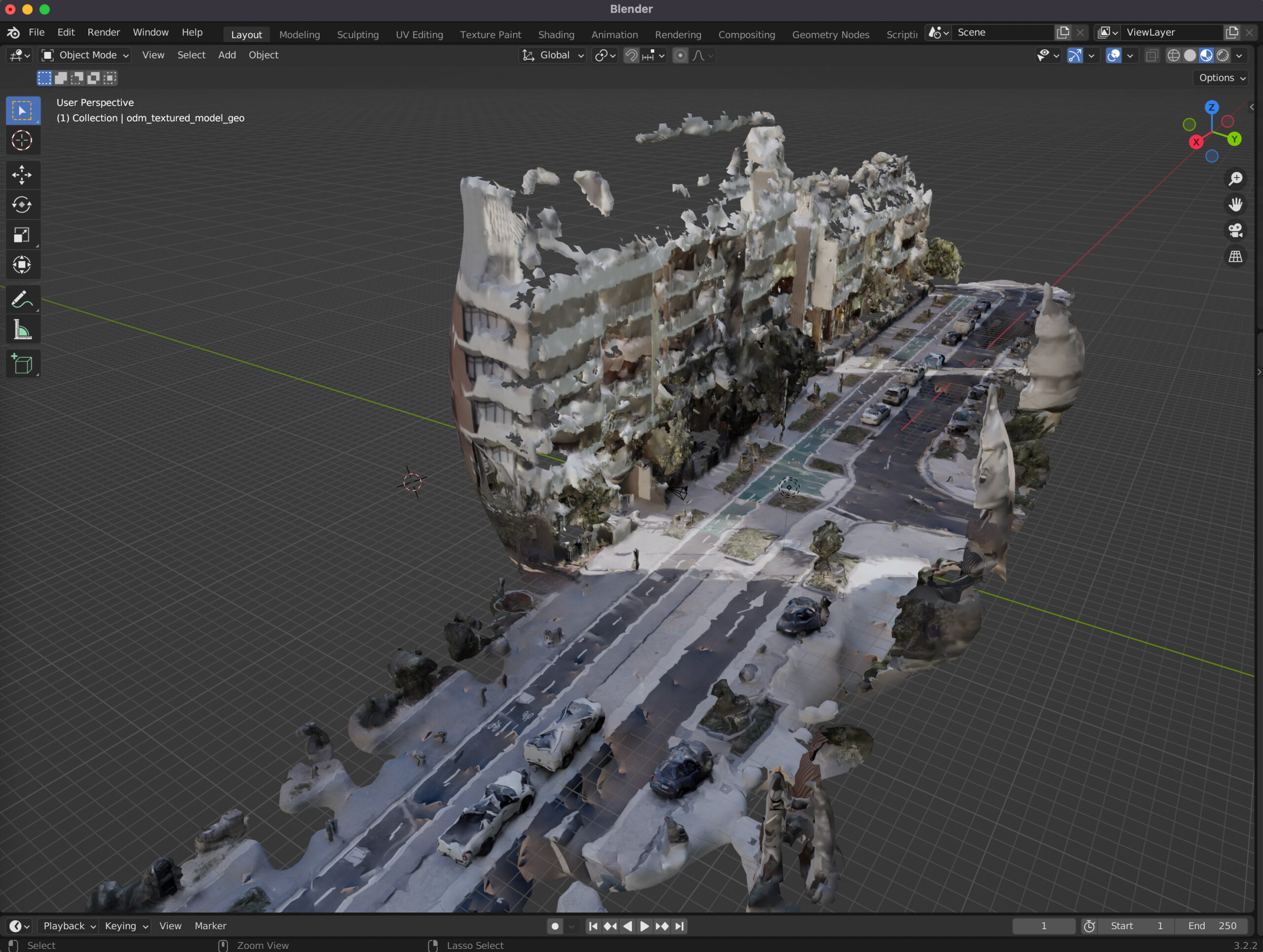
This technical guide details how you can create your own orthorectified (aka satellite view/bird mode) imagery, point clouds and 3D models of streets with nothing but a 360 degree camera mounted on bicycle helmet, and the open source photogrammetry software OpenDroneMap.
-
Observations from Australia’s first Micromobility Conference

Over the weekend I attended Australia’s first micromobility conference. The sessions were organised into themes reflecting the challenges Australia faces in transitioning it’s transport network and urban planning – from car and highway dominated streets to a safer, lower emission and more pleasant city permitting cycling, walking and other journeys.
-
Mapping Sydney Billboards: Every QMS advertising panel in Sydney
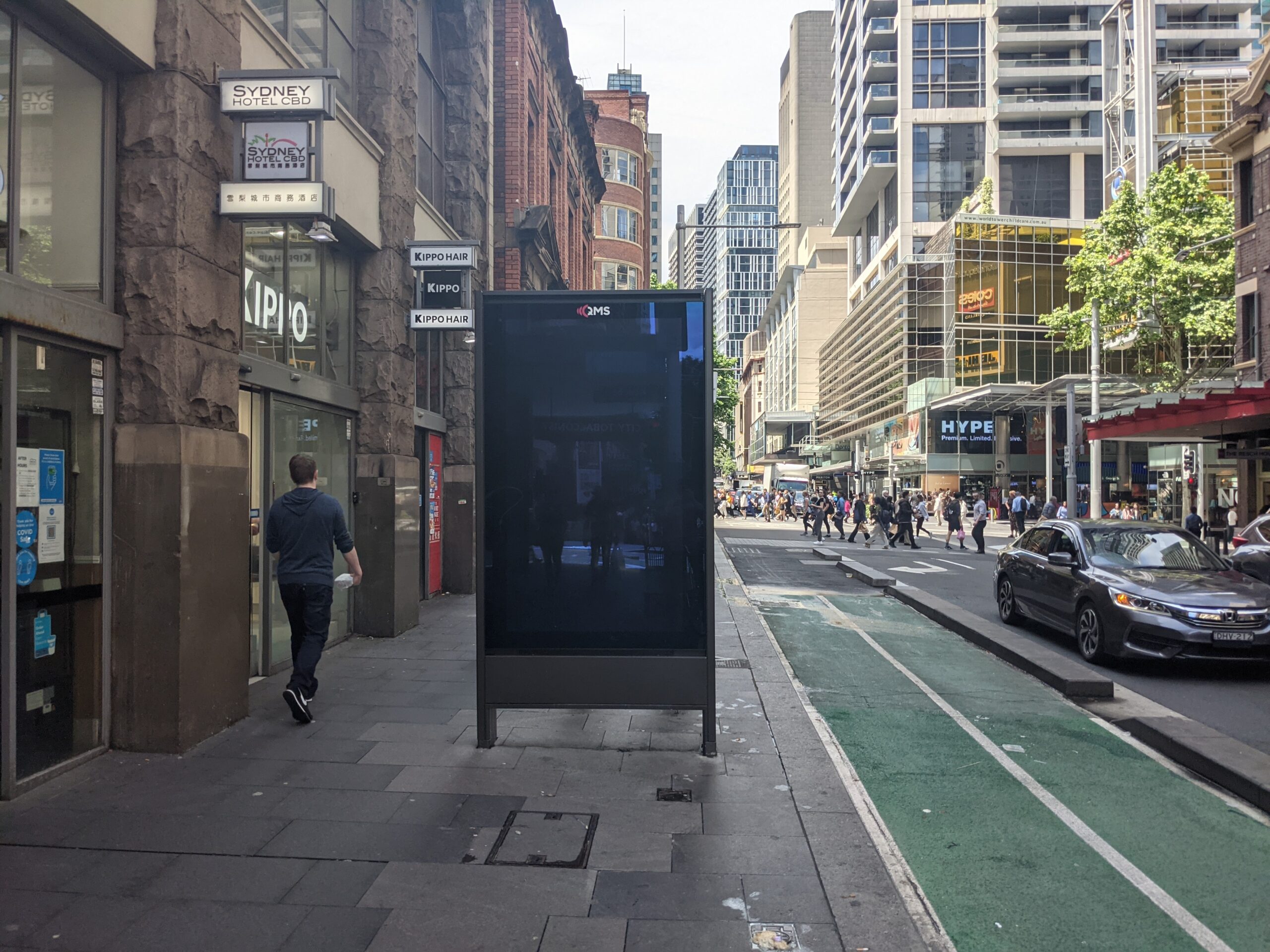
Map live at SydneyAdvertisingMap.com. See also: Max Bo’s analysis of how many placed next to Telstra telephones: https://observablehq.com/@mjbo/sydney-qms-panel-public-telephone-pairings If you live in Sydney you will have seen them – the 86 inch advertising screens in the City of Sydney Council. These advertising panels are known as communication pylons in the language of the developer approvals.…
-
The Drying Green opening – a new Green Square park
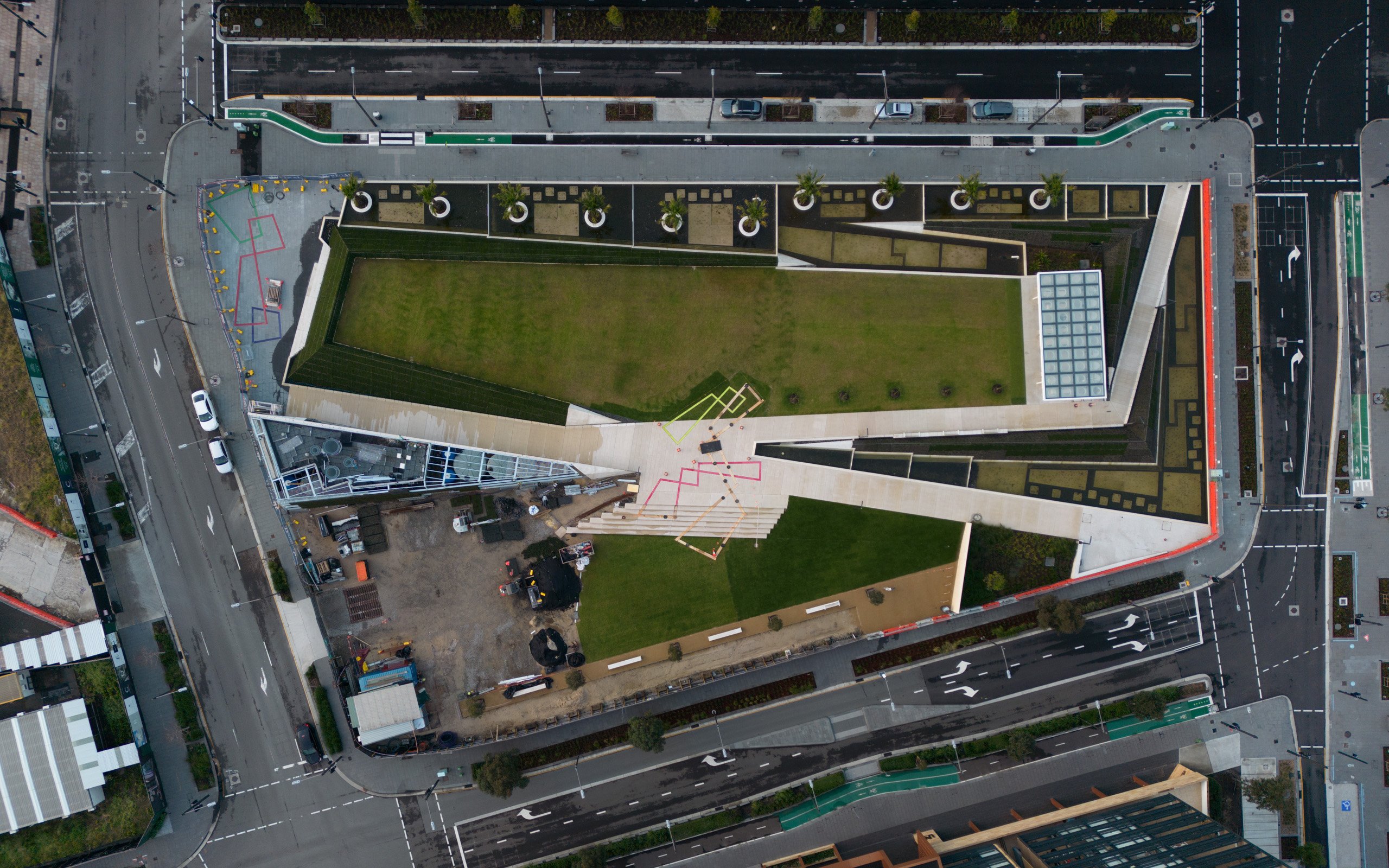
On Saturday the 15th of October, Clover Moore (Lord Mayor of the City of Sydney) opened The Drying Green, the new centerpiece park of Green Square. It’s been in construction since March 2018 and includes areas of grass, wetlands which filter stormwater before it enters the wider system, and a barbecue and seating area. It…
